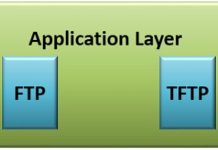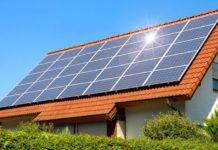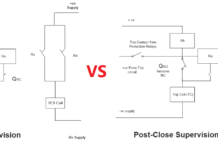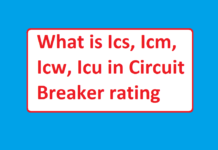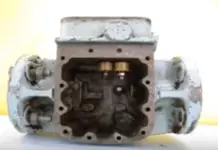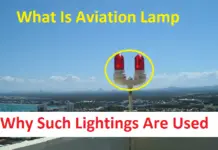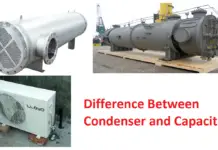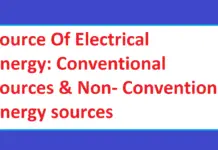Electro Static Precipitator working Principle:
Electro static precipitator is also called in the short form of ESP. It is used to filter dust particle in the flue gas in thermal power plant. As per government low the to avoid air pollution these kind of precipitators are widely used.
Also some other power plants are using bag filter dust collecting system. Bag filters are used to filter very small size particle typically in micron size. However, compare to bag filter ESP is very economical. Let see Entire study about electrostatic precipitator.
Working Principle of Electro static precipitator:
It is working under principle of ionization. Electrostatic precipitation is a method of dust collection that uses electrostatic forces, and consists of discharge wires and collecting plates. High voltage DC is applied across the two electrodes consisting of positive electrodes and negative electrodes.
The negative electrodes are in the form of rod or wire mesh. Positive electrodes are in the form of plates. The positive plates and negative electrodes are placed vertically in the electrostatic precipitator alternatively one after another. Positive electrode will be connected in the body of the precipitator.
The positive electrodes are called as collecting electrodes. Due to high voltage between the two electrodes, the gas between the two electrodes get ionized and which releases free electron. When the dust particle in the gas enters in to the electrostatic precipitator, which attracted by the free electrons.
The free electron which holds the dust particle in the gas. Hence these dust particles will be attracted by the positive plates. After reaching positive plates the free electron become naturalized and finally the dust become fall down due to the gravitational forces. Hence the dust particle will be removed from the gas.
These dust will be removed from the precipitator by the help of hoppers. Water pray may be used on the top to accelerate the removal of the dust from the collecting plates.
Note: All these process is working in a closed container.
ESP Electrical Circuit Diagram:
See the diagram of electrical diagram of ESP. The common terms of ESP electrical circuit diagram are Input Converter, filtering circuit, inverter, HV transformer, series capacitor, series inductor, rectifier and electrodes.
Input Converter: The Input converter is used to convert Input AC voltage to DC output voltage. It is consisting of six number SCR. This is used to limit the input current of transformer. The entire control will be adjusting from this section only.
i.e to control output voltage of the transformer we will take the current reference from the HVDC units. According to that the converter converts the DC output.
Filtering circuit: Inductor and capacitor are used to shape the DC voltage.
Inverter section: It is used to convert DC voltage to AC voltage. Because of the transformer only works in AC.
Series capacitor Cr:
The capacitor is used to avoid DC component in the transformer input voltage. Here capacitor is a main part in electro static precipitator. Failure of these capacitor leads to large circulation current flow in the transformer windings. 85% of the electrostatic precipitator fails due to these capacitor failures.
Series inductor Lr: The inductor Lr is used to limit the magnetizing current flow in the transformer.
HV Transformer:
High voltage step up transformer is used to increase the transformer voltage from 200 times of the input voltage. The output voltage of the transformer is directly proportional to the distance between the plates.
When the distance between the plates increase then we should increase the output voltage of the transformer. The voltage rating will be around 400/ 120 kV.
Rectifier: It consists of a full wave rectifier. The high voltage diodes are used.
Electrodes: The two end of the rectifier is connected to the precipitator terminal. Generally positive terminal is connected to the body of the precipitator.
Mechanical Aspects in ESP:
The filtering rate is directly proportional to the size of the dust particle, dust concentration and filtering time. Hence large size particle will be filtered easily, but small size particle cannot be removed by the ESP.
To filter small particle size and high concentrated gases, the electrostatic precipitator must be larger (to increase the treating time it takes for the process gas to pass through).
So that To remove small size particle, generally Bag filters are preferred.


